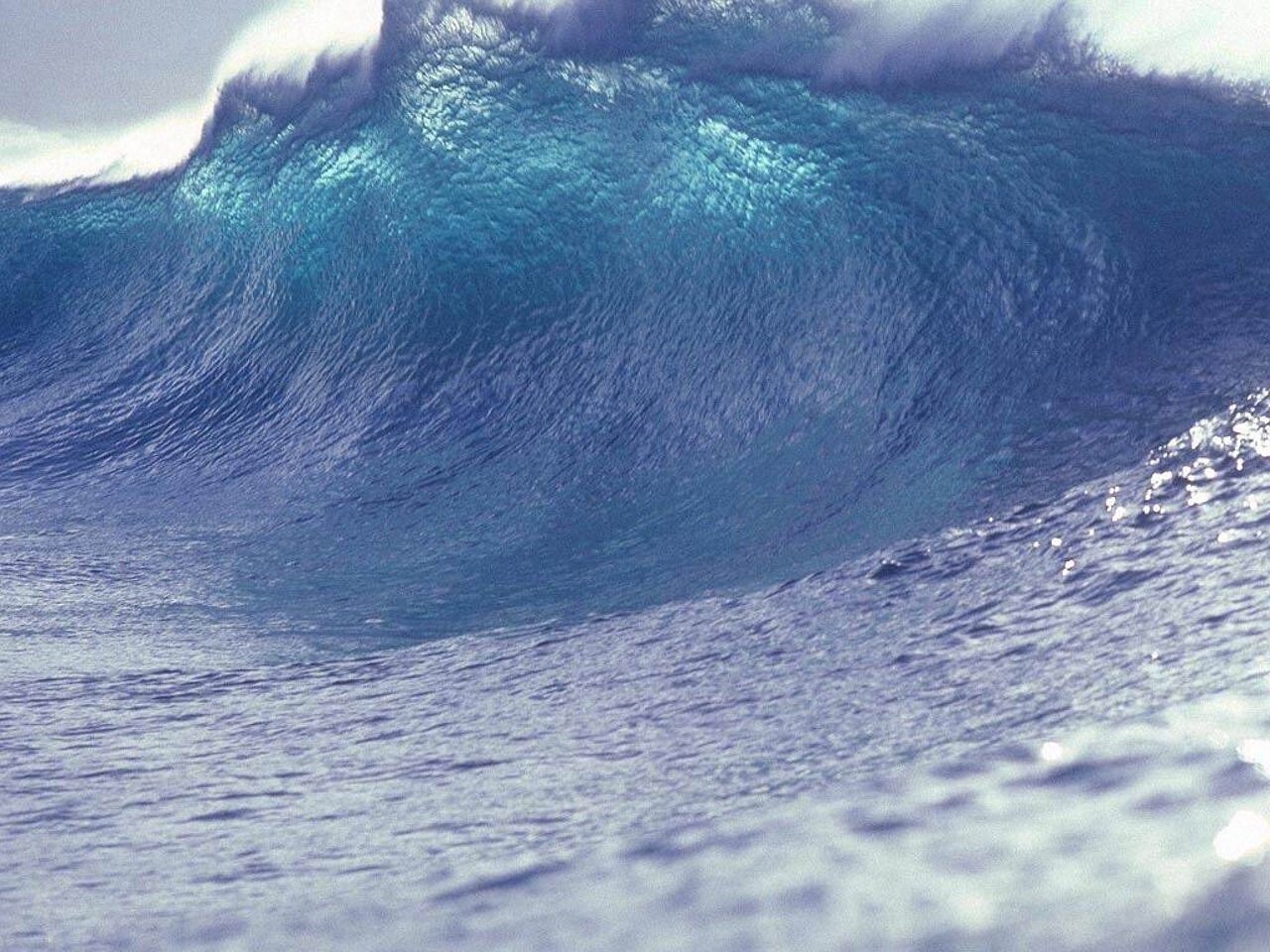California Tsunami Preparedness: Identifying High-Casualty And High-Damage Areas

Welcome to your ultimate source for breaking news, trending updates, and in-depth stories from around the world. Whether it's politics, technology, entertainment, sports, or lifestyle, we bring you real-time updates that keep you informed and ahead of the curve.
Our team works tirelessly to ensure you never miss a moment. From the latest developments in global events to the most talked-about topics on social media, our news platform is designed to deliver accurate and timely information, all in one place.
Stay in the know and join thousands of readers who trust us for reliable, up-to-date content. Explore our expertly curated articles and dive deeper into the stories that matter to you. Visit Best Website now and be part of the conversation. Don't miss out on the headlines that shape our world!
Table of Contents
California Tsunami Preparedness: Identifying High-Casualty and High-Damage Areas
California's stunning coastline, while breathtakingly beautiful, harbors a significant, often overlooked threat: tsunamis. While major events are infrequent, the potential for catastrophic damage and loss of life is very real. Understanding which areas are most vulnerable is crucial for effective preparedness and mitigation. This article identifies high-casualty and high-damage areas in California, highlighting the importance of individual and community preparedness.
Understanding California's Tsunami Risk
California's location along the Pacific Ring of Fire places it squarely within a tsunami-prone zone. Subduction zone earthquakes along the Cascadia Subduction Zone (CSZ) pose the greatest threat, capable of generating massive tsunamis. However, smaller, locally generated earthquakes can also trigger significant, albeit localized, waves. The impact of a tsunami varies drastically depending on geographical factors, including proximity to the ocean, coastal topography, and the presence of infrastructure.
High-Casualty and High-Damage Areas:
Several factors contribute to an area's vulnerability to tsunami-related casualties and damage. These include:
- Population Density: Areas with high population density, particularly along low-lying coastal regions, face the greatest risk of casualties. Cities like Crescent City, Eureka, and coastal communities in Southern California are examples.
- Coastal Topography: Narrow coastal plains, bays, and inlets can amplify the effects of a tsunami, funneling the wave's energy inland and causing greater inundation. Areas with limited escape routes are particularly vulnerable.
- Infrastructure: The presence of critical infrastructure, such as hospitals, schools, and power plants, in vulnerable locations can exacerbate the impact of a tsunami, disrupting emergency services and prolonging recovery efforts. Poorly constructed buildings near the coast are also at significant risk of collapse.
- Elevation: Low-lying areas are naturally more susceptible to inundation. Areas less than 10 feet above sea level are considered high-risk.
Specific Areas of Concern:
While pinpointing every high-risk area is impossible, certain regions consistently rank high in vulnerability assessments. These include, but aren't limited to:
- Northern California: Crescent City and areas along the northern coast are particularly vulnerable due to their proximity to the Cascadia Subduction Zone and relatively flat coastal geography. [Link to NOAA Tsunami information for Northern California]
- Central California: Coastal communities in Monterey Bay and the Big Sur area face significant risk, with potential for both inundation and landslides triggered by seismic activity. [Link to California Geological Survey - Landslide information]
- Southern California: While less directly threatened by the CSZ, Southern California's densely populated coastal cities are susceptible to tsunamis generated by distant or local events. Areas like Long Beach and Los Angeles face significant inundation risk in low-lying areas. [Link to local emergency management agency for Southern California]
Preparing for a Tsunami:
Individual preparedness is paramount. Knowing your risk level, developing an evacuation plan, and understanding tsunami warning systems are vital. This includes:
- Creating a family emergency plan: Designate meeting points and evacuation routes.
- Building an emergency kit: Include water, food, first-aid supplies, and important documents.
- Understanding warning signs: Be aware of local warning systems, including sirens and alerts via text or mobile app.
- Participating in community drills: Community preparedness exercises help familiarize residents with evacuation routes and procedures.
Conclusion:
California's vulnerability to tsunamis necessitates a proactive approach to preparedness. By understanding the high-casualty and high-damage areas, individuals and communities can take the necessary steps to mitigate the potential impact of this devastating natural hazard. Remember, preparedness is not just about survival; it's about resilience. Learning more and participating in your community's efforts is a crucial step in safeguarding lives and property. For more information, consult your local emergency management agency and the National Oceanic and Atmospheric Administration (NOAA).

Thank you for visiting our website, your trusted source for the latest updates and in-depth coverage on California Tsunami Preparedness: Identifying High-Casualty And High-Damage Areas. We're committed to keeping you informed with timely and accurate information to meet your curiosity and needs.
If you have any questions, suggestions, or feedback, we'd love to hear from you. Your insights are valuable to us and help us improve to serve you better. Feel free to reach out through our contact page.
Don't forget to bookmark our website and check back regularly for the latest headlines and trending topics. See you next time, and thank you for being part of our growing community!
Featured Posts
-
 Cma Fest 2025 Nissan Stadium 5 Highlights From Sunday Nights Show
Jun 10, 2025
Cma Fest 2025 Nissan Stadium 5 Highlights From Sunday Nights Show
Jun 10, 2025 -
 Aston Martins Valkyrie Lm A Track Only Hypercar For The Few
Jun 10, 2025
Aston Martins Valkyrie Lm A Track Only Hypercar For The Few
Jun 10, 2025 -
 Beyond Thunderbolts Examining Wyatt Russells Career Trajectory
Jun 10, 2025
Beyond Thunderbolts Examining Wyatt Russells Career Trajectory
Jun 10, 2025 -
 Seven Figure Nba Bets Thunders 2025 Finals Win Predicted
Jun 10, 2025
Seven Figure Nba Bets Thunders 2025 Finals Win Predicted
Jun 10, 2025 -
 2025 Gold Cup Viewing Guide Tv Channels Streaming Options And Match Schedule
Jun 10, 2025
2025 Gold Cup Viewing Guide Tv Channels Streaming Options And Match Schedule
Jun 10, 2025
